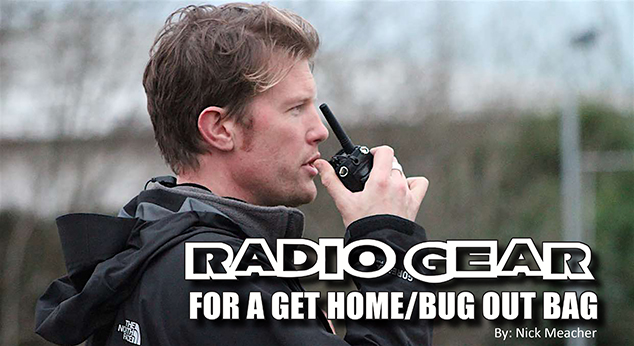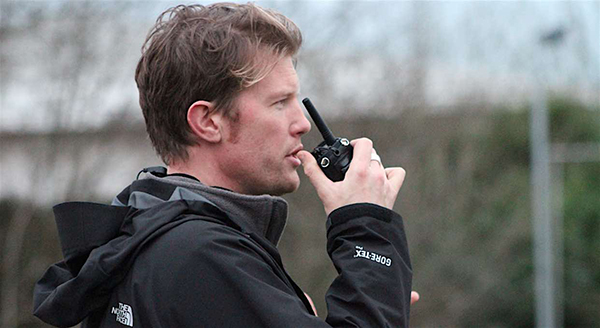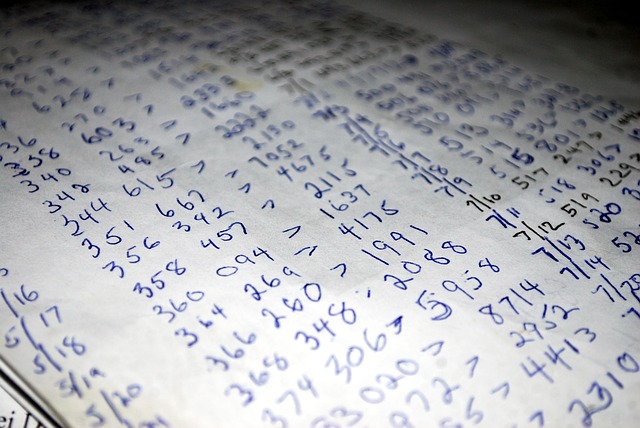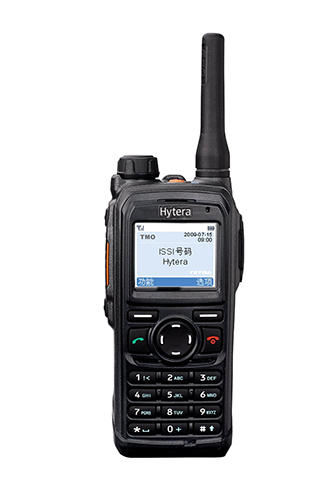
In prior articles we have discussed radios and equipment that are best suited for when the SHTF and other preparedness scenarios. In this article we will focus on radio equipment suitable for the Get Home Bag (GHB) or a Bug Out Bag (BOB).
While there’s some gear that would be common to both the GHB and the BOB, there will be differences. When getting home you would need to communicate with family and friends. When bugging out you might need to communicate with people at your destination that may be beyond local communications capabilities. Your gear may change from time to time, especially if you’re travelling further away from home than normal.

First, let’s look at the radios. Most of us are normally within a reasonable distance from our home. This means that unless we’re dealing with a Black Sky event, there will be access to VHF and/or UHF repeaters. This means a small, lightweight radio such as the Baofeng’s will work. You’ll need to have the ability to use AA battery packs. When selecting radios, consider ones that are waterproof to MilSpecs. There are a number of radios on the ham market that are, including the Yaesu FT-60.
The Baofeng’s are not waterproof so you’ll need to look at ways to protect it in areas that get a lot of rain. Make sure accessories are widely available. These days the speaker mic connectors follow only a few different models so things like throat mics and speaker mics are common. Throat mics allow you to talk much quieter. This is a huge advantage when you need to move quietly and an earpiece is essential.
Other accessories for improving the signals for your handheld include a ladder line J-pole, 18” whip antenna, and a pig tail. We discussed these in some detail in last month’s issue. Rather than buying a product made in China I’ve since found US made whip antennas. They’re made by Signal Stuff and are only $20. The proceeds support keeping hamstudy.org free.
However, if you’re travelling and/or need to reach further than repeaters will allow, you’ll need HF capabilities. Options for man-pack amateur HF radios are limited. You’re essentially looking at a mobile radio that then presents challenges with power. Low power HF, known as QPR which is a ham abbreviation for low power, can travel a considerable distance. The power requirements are lower, which translates to lighter batteries.
Unfortunately, the only low power HF radios on the market are made by Yaesu. The older FT-817 and FT-817ND have been replaced by the new FT-818. The FT-818 is 6 watts, works on 160-10 meters HF, as well as 6 and 2 meters, and 70cm. It’s capable of single side band (SSB), CW, and FM. It has rechargeable batteries and weighs about 6lbs. It utilizes a whip antenna that will work on all bands.
If you’re mobile then you have the options of adding digital capabilities with a SignaLink and a simple laptop with the free fldigi software. This is capable of sending digital messages in multiple different modes. This gives you the ability to send short digital (text) messages over a great distance. If the intended receiving station is left on, no interaction is required to receive the message. The shorter the message the harder it is to intercept (low probability of intercept – LPI), especially if you move after transmitting. The receiving station is impossible to detect, as it’s not transmitting. There are cables available for a wide variety of radios, including the Baofeng’s and the BTECH mobile radios.
Power

Power is a problem with all radios. As mentioned above you should make sure you can get the battery pack that allows you to use AA batteries. When buying a radio look for ones where the battery is NOT a lithium-ion (Li-ion). Unfortunately, most new radio have these batteries. In most cases, AA battery packs are not available because they won’t supply the current the radio uses/needs from the Li-ion batteries. Even if a AA battery pack is available make sure to check the specifications because many will only power the radio at 50% power.
You’ll need extra batteries along with the AA battery packs. Carrying a large quantity of AA batteries is not practical due to their weight, so look for rechargeable batteries along with a small portable solar panel. Outdoor gear’s assessment of portable solar panels for backpacking rated the Anker PowerPort 21W as the best overall. However, neither of the Anker models come with a battery kit. The Instapark Mercury 10W is rated as the best buy and comes with a battery kit. You’ll need to determine what is most suitable to carry.
Keeping equipment dry is an important consideration. There are a number of different waterproof hard cases available that will protect your gear very well. Keep in mind that these add weight and bulk to your pack. You can also consider the EMP bags they will protect your equipment from an EMP and are also waterproof. The disadvantage with any bag or case is that it’s almost impossible to use the equipment while it’s in the bag/box. If you’re carrying an HF radio such as the FT-818, I strongly suggest that you do have it in a waterproof/EMP proof bag or box.
Keeping Your Communications Secure
You may not need to consider using codes while communicating short distances and on low power with your team. However, if you’re communicating over longer distances and/or higher power to other team/group members, trying to meet up with them using plain language may not be in your best interest.
The use of codes or cyphers intended to disguise the meaning of the message are illegal on ham, GMRS, FRS, MURS, and other radio services available to the general public. If things are relatively normal but you’ve identified early triggers, don’t give locations and intentions over the radio. This could be notifying your group, moving to rendezvous points (RP’s) to meet other members, or moving to an alternate location. In this situation you want conversations to appear somewhat normal to the casual listener.

Phrases that can pass for a normal conversation are key here. Examples are “let’s meet at Grandma’s for pizza” or “let’s go out for dinner at Chili’s”. These and similar phrases should be part of your communications and operational security plans (COMSEC & OPSEC). You should have phrases that indicate it’s time to move and for different RP’s. The plan should also include your primary frequency or repeater as well as a number of alternatives, both repeaters and simplex.
Have different bands depending on the capabilities of your radios. Once everyone else has realized things have gone really bad then it’s time to either go dark, as in no communications, or at least limit them. Remember that the longer you talk the easier it is for someone to direction find (DF) your location. Don’t transmit from your bug out location or any other place you’re staying. Move after transmitting if at all possible.

Your communications plan should have code words for a number of different things. Codes for places, people, routes, cache locations, RP’s, road blocks, alternate frequencies, etc. These should be on waterproof paper, such as small Rite in the Rain notebooks. See the article on code and cyphers in the February issue for more details.
As with all the gear in your GHB, you need to be VERY familiar with it. Periodically test and practice with it. While it’s great to be able to program your radio with a computer, it’s important that you know how to from the keypad. Make yourself up a cheat sheet, laminate it or write on waterproof paper, and keep with your radio.

Practicing with your radio and becoming familiar with it is one reason why you should get a ham radio license. You’ll have more frequencies to use and with regular participation in local nets will increase your proficiency at communication. Participation in traffic nets develops extremely useful skills as you learn to send and receive written messages. Obtaining a General class ham license will grant you access to HF frequencies. Working HF is an extremely important and critical skill for a radio operator.
If the grid goes down, the only communications over any distance will be with HF radios. Using HF takes practice and knowledge, so I strongly encourage all of you to get your General license. One of the best free study tools out there is the hamstudy.org. If you’re worried about a home address being searchable by anyone with your call sign then get a PO Box and use that as the address on the FCC license.
Just like with the other gear in your GHB, comms equipment will take practice. Researching and buying the right equipment is only half of it. It’s also vital to learn to use it and have COMSEC & OPSEC in place. Otherwise, it will just be extra weight in your GHB because you can’t operate it.
